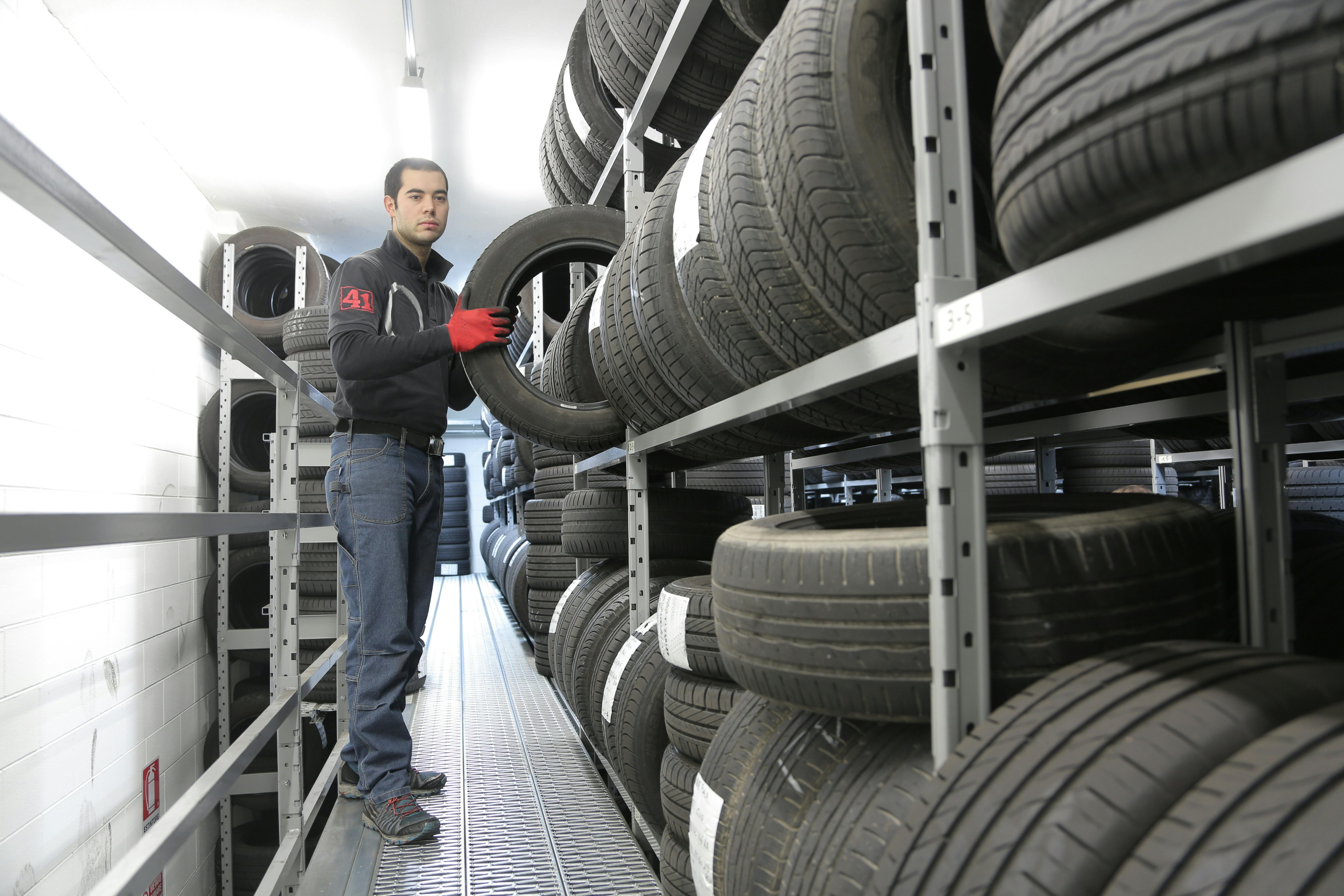The Intricate World of High-Performance Tyres: Unraveling the Science Behind the Grip
Introduction: Ever wondered what keeps your vehicle glued to the road, regardless of the weather conditions or the terrain? The answer lies in the intricate world of high-performance tyres. This article unveils the science behind the grip, from the rubber compounds to the sophisticated tread designs.

1. A Brief History of Tyre Evolution
The initial phase of tyre development dates back to the late 19th century when they were merely bands of metal fitted around wooden wheels. In the early 20th century, the advent of pneumatic tyres changed the game, offering a smoother and safer ride. However, the real revolution began in the 1960s with the introduction of radial construction, which substantially improved tyre performance and durability.
2. The Science of Rubber Compounds
The rubber compound is a fundamental aspect in the performance of a tyre. It’s a blend of natural and synthetic rubber, carbon black, and other chemical ingredients. The compound’s composition determines the tyre’s performance characteristics, including grip, longevity, and fuel efficiency. High-performance tyres typically use softer compounds, which provide superior grip but wear out faster.
3. The Art of Tread Design
The tread design significantly impacts a tyre’s performance. The pattern must efficiently disperse water from the contact patch to prevent hydroplaning in wet conditions. In high-performance tyres, the tread design is often asymmetrical, providing a balance between wet and dry performance.
4. Tyre Pressure and Performance
Tyre pressure plays a crucial role in determining a tyre’s grip and overall performance. Under-inflation can lead to increased tyre wear and reduced grip, while over-inflation can cause the tyre to become too rigid, impairing its ability to adapt to the road surface.
5. The Future of Tyre Technology
The tyre industry continues to innovate, with a focus on improving grip, reducing rolling resistance, and extending tyre life. One promising area of research is the development of “intelligent” tyres, equipped with sensors to monitor conditions and adapt their characteristics accordingly.
In conclusion, high-performance tyres are a marvel of engineering, blending science and art to deliver the grip that keeps our vehicles firmly on the road. As tyre technology continues to evolve, we can expect further improvements in performance, safety, and efficiency.




